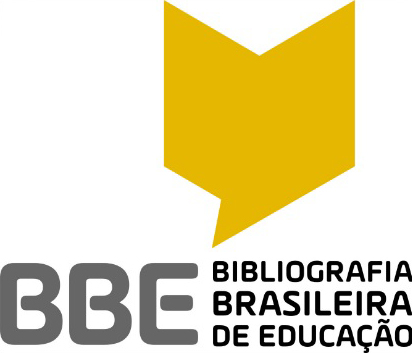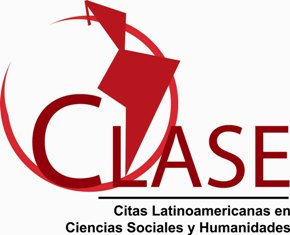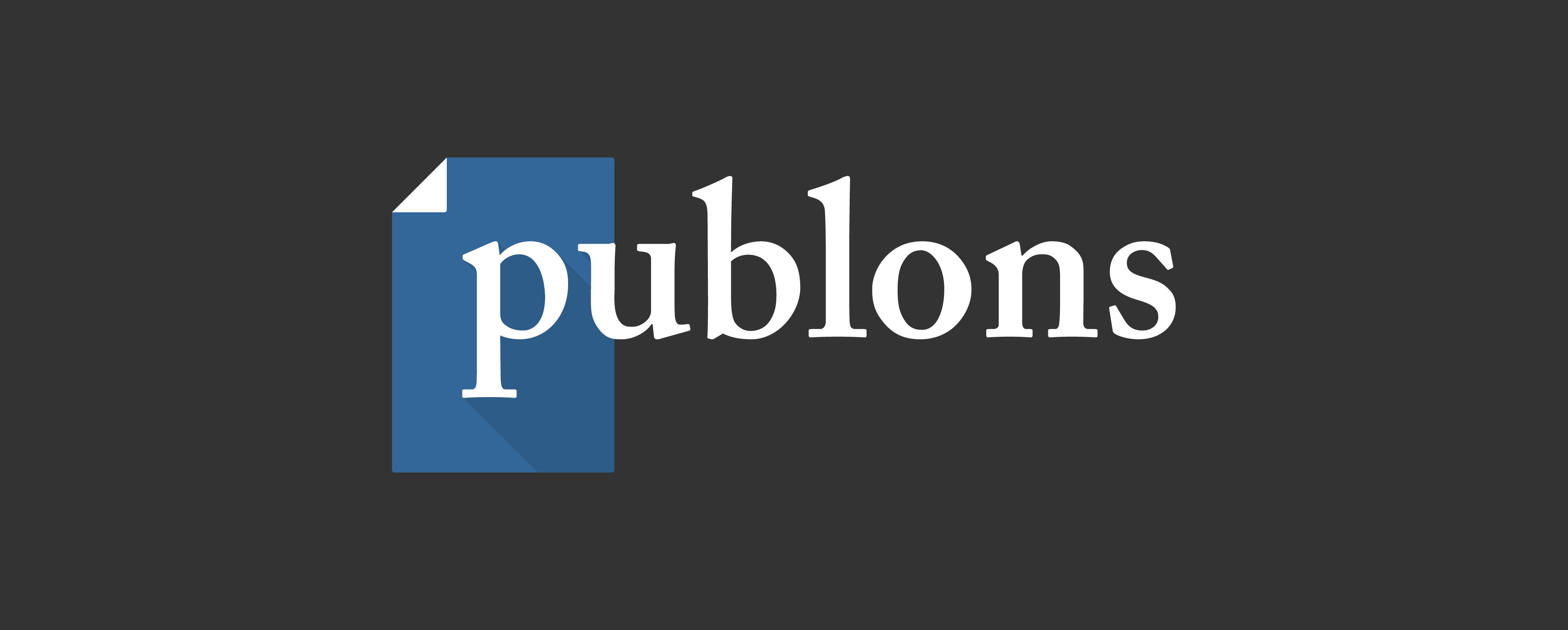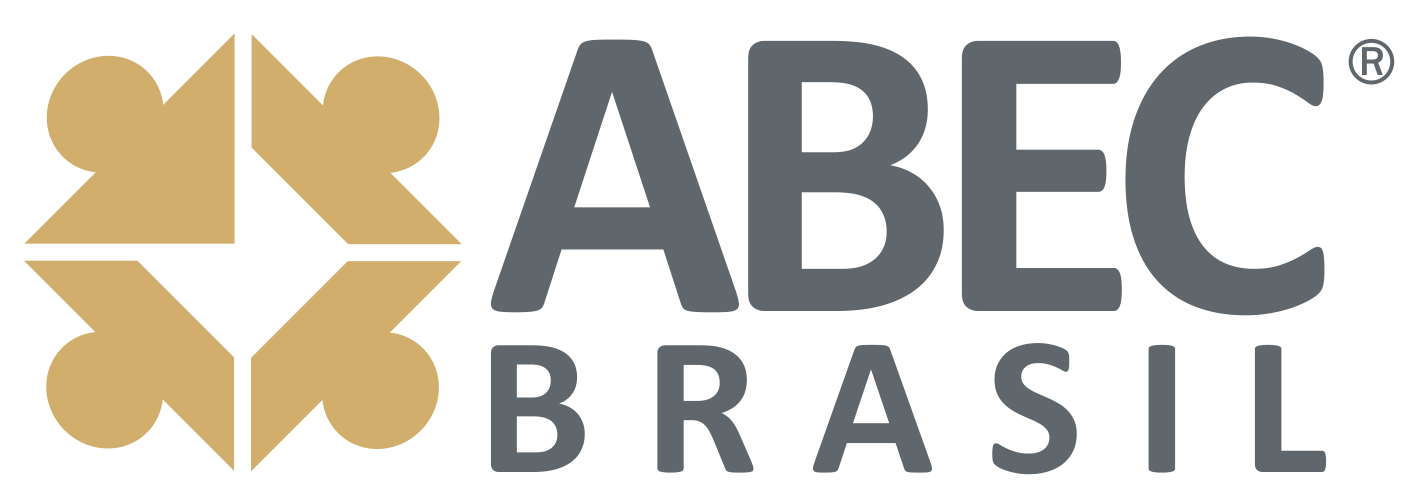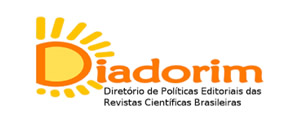MEMES AT LITERATURE TEACHING: DIALOGUES WITH MULTIMODALITY
DOI:
https://doi.org/10.22169/revint.v18.e023do3010Keywords:
Ensino de Literatura; Letramentos; Multimodalidade; Memes; Remix.Abstract
This article reflects on the writing in a pedagogical experience with Language and Literature students at a Brazilian public school. From the perspective of the Multimodal Social Semiotics, the students' agency in the design production of multimodal meanings in meme remixes is the object of reflection. The methodology consisted of the analysis of eight memes made by the students based on the concepts incorporated in the theoretical perspective of the article: remix, design, redesign, remixability and transformation. The results of the analysis of the memes indicate a redesign of the students regarding their readings of the 1st phase of Modernism in Brazil, showing the understanding of the practices and discourses in which the texts are inserted and the production of signs of learning.
Downloads
References
BRASIL. Ministério da Educação. Base Nacional Comum Curricular. Brasília, 2018.
FREIRE, P. A importância do ato de ler: em três artigos que se completam. 51. ed. São Paulo: Cortez, 2011.
GUALBERTO, C.; KRESS, G. Contemporary landscapes of visual and digital communication: the interplay of social, semiotic, and technological change. In: The sage handbook of visual research methods (pp. 574-590). SAGE Publications, Inc., 2019a.
GUALBERTO, C.; KRESS, G. Social Semiotics. In: HOBBS, R.; MIHAILIDIS, P. (Ed.). International Encyclopedia of Media Literacy. New York: Wiley-Blackwell, 2019b. Disponível em: https://www.researchgate.net/publication/325764226_Social_Semiotics. Acesso em: 10 mar. 23.
KALANTZIS, M.; COPE, B.; PINHEIRO, P. Letramentos. Campinas, SP: Editora Unicamp, 2020.
KRESS, G.; LEEUWEN, V. Reading Images: the Grammar of Visual Design. Routledge, 2021.
KRESS, G.; SELANDER, S. Multimodal design, learning in cultures of the recognition. Internet and Higher Education, v. 15, 2011, p. 265-268.
KRESS, G. Multimodality: A social semiotic approach to contemporary communication. London: Routledge, 2010.
LEU, D. J. et al. Toward a theory of new literacies emerging from the Internet and other information and communication technologies. In: RUDDEL, R. B.; UNRAU, N. (Ed.). Theoretical model and process of reading. Newark: International Reading Association, 2004, p. 1570-1613.
LIMA-NETO, V. de. Meme é gênero? Questionamentos sobre o estatuto genérico do meme. Trabalhos em linguística aplicada. Campinas, n. 59.3, p. 2246-2277, 2020.
PAIVA, F. A. Práticas de letramento e produção de sentido de layouts na multimodalidade. In: Texto Digital. Florianópolis, v. 17, n. 1, p. 98-127, jan./jun. 2021.
PAIVA, F.; SANTOS, Z. A multimodalidade dos ambientes escolares e os seus signos de aprendizagem: designs transformadores de estudantes e professores In. PAIVA, Francis Arthuso (org.). Professores transformadores de ambientes multimodais de aprendizagem: projetos de ensino de linguagens. São Carlos: Pedro&João, 2022.
VILLA-FORTE, L. Escrever sem escrever: literatura e apropriação no século XXI. Rio de Janeiro: PUC Rio, 2019.
Downloads
Published
How to Cite
Issue
Section
License
Copyright (c) 2023 REVISTA INTERSABERES

This work is licensed under a Creative Commons Attribution-NonCommercial-NoDerivatives 4.0 International License.
Os direitos autorais dos artigos publicados na Revista são de acordo com a licença CC-BY-ND - Creative Commons ( https://creativecommons.org/licenses/by-nd/4.0/legalcode)
Esta licença permite que outras pessoas reutilizem o trabalho para qualquer finalidade, inclusive comercialmente; no entanto, não pode ser compartilhado com outras pessoas de forma adaptada e o crédito deve ser fornecido ao autor.
Os direitos autorais dos artigos publicados na Revista são do autor, com os direitos de primeira publicação para a Revista










